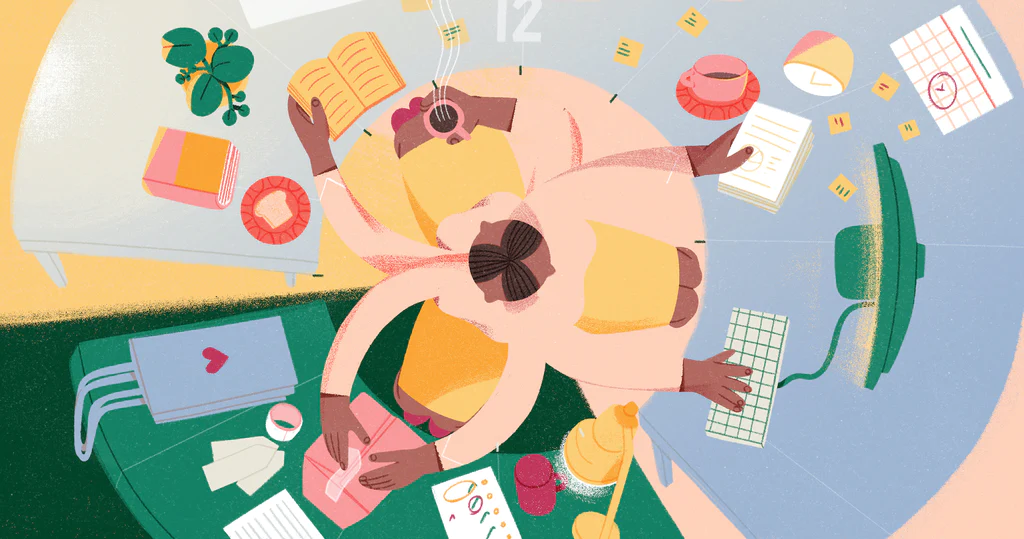Life has many unexpected turns, and having a safety net in place can be crucial when dealing with unforeseen financial difficulties.
Your emergency fund is that safety net, and in this post, we’ll teach you how to not only save for it but also grow it. Your financial safety net against life’s unexpected curveballs is an emergency fund.
Having an emergency fund means you won’t have to turn to high-interest loans or max out your credit cards, which can result in financial stress and debt, whether it’s for an unexpected medical expenditure, job loss, or auto repair.
How to Put Away Emergency Funds
Make a saving target. What amount of money do you wish to have set aside for emergencies? A reasonable guideline is to have enough money set aside to last for three to six months.
Set up a budget
Create a budget to help you attain your goal after you are aware of how much money you need to save. In order to see where your money is going, you will need to keep track of your earnings and outgoing costs.
Automate the way you save
Automating your savings is one of the finest strategies to save money. This entails scheduling a regular transfer each month from your checking account to your savings account. You will be able to save money in this method without even realizing it.
Cut back on unnecessary expenses
Take a close look at your budget and see where you can cut back on unnecessary expenses. This could mean eating out less, canceling unused subscriptions, or shopping around for cheaper insurance.
Find extra ways to make money
If you can, find extra ways to make money to contribute to your emergency fund. This could mean getting a part-time job, starting a side hustle, or selling unwanted items.
To ensure a secure emergency fund, choose the right savings account with higher interest rates and FDIC insurance. Keep your emergency fund separate from other savings goals,
as it should only be used for true emergencies like job loss, medical emergencies, or unexpected home repairs. Regularly review your emergency fund to ensure it is adequately prepared for any changes in your life circumstances.
This will help you protect your money up to $250,000 in case of a bank failure.
To summarize, An emergency fund is not just a financial tool; it provides peace of mind through savings. By safeguarding and storing your funds, you can protect yourself from financial storms and build a secure future.
Financial stability starts with one step, so start building your emergency fund today.
Related Articles:
How do I Start a Passive Income With no Money?
25 Passive Income Ideas That Can Make You a Living
How to Make Passive Income Daily?
